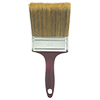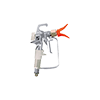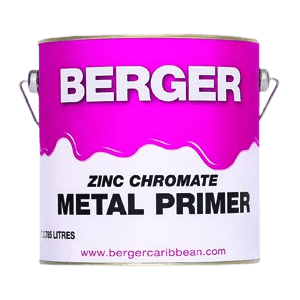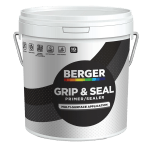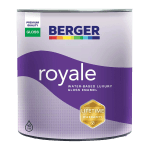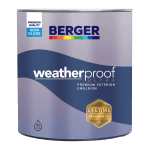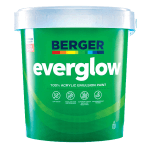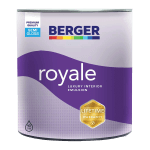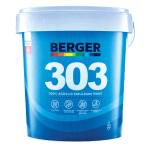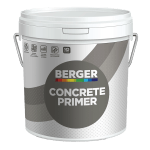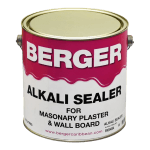Red oxide primer is a specially formulated coating used as a base coat for ferrous metals.
Berger Red oxide primer is formulated for interior and exterior use on ferrous metal and is not usually suitable for galvanized or nonferrous metals like aluminium, copper or brass. Ferrous metals contain iron. To confirm if your metal is ferrous or nonferrous, test it using a magnet. Ferrous metals are magnetic, and nonferrous metals are not. Berger Zinc Chromate Red oxide primer is an anti-corrosion coating, designed to stop rust formation. It can be applied directly over a rusty surface and is most ideal for exterior use. Red oxide primer can be coated with Berger 404, Rustpro or Machinery Enamel once dry.







